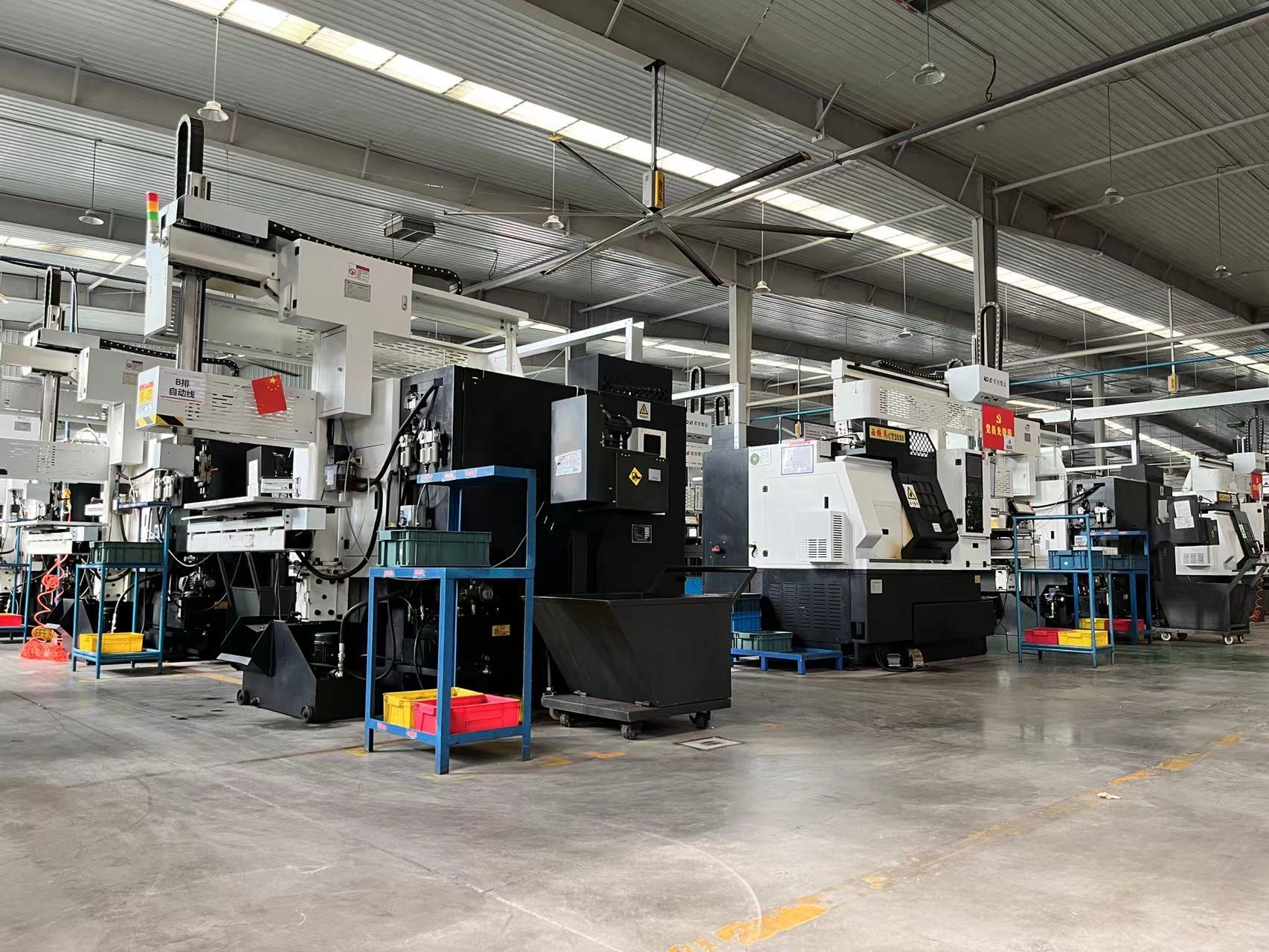Hose API Standard Vs API 7K Drilling Hose
2022-08-26 09:29:25
You've probably heard about the API 17 hose and API 7K Drilling Hose. What is the difference between these two standards? How can you choose the right one for you? Here's a quick guide. You can easily decide which one is best for you once you understand the differences.
Hose API Standard
Hose API Standard is a standard for hydraulic hoses that are used in various applications. After a thorough study of fluid properties, the specification was developed. It includes a variety of methods for testing fluids, including static, dynamic, and extreme modes. This testing is done in order to determine the performance of a Hose in different environments. The test also includes stress and strain databases.
This standard is widely accepted around the globe. This allows for the same quality in hoses from different countries. This is an important factor for many original equipment manufacturers who want to ensure the safety of their equipment. These standards must be met by hoses in order to meet safety or quality requirements. It is therefore crucial that you choose the right hoses.
ISO 18752 is the standard for determining the performance and durability of a hose. It specifies the resistance to impulse as well as the outside diameter, and also includes requirements for end connections. However, this standard does not address the minimum working pressure of an entire hose assembly. The lowest pressure limit of individual components is used to determine the working pressure of the whole hose assembly.
API 17 hose
An API 17 hose must meet specific standards for hydraulic performance. Hydrodynamic analysis is required to meet those standards. This analyzes the hose's design, performance expectations, and environment. These analyses are performed on prototypes to allow for thorough analysis of the performance of the hose under different conditions.
An API 17 hose must be compatible with the API 17K standard. This covers bonded flexible pipes. However, the standard does not apply unbonded flexible pipes. However, there is API 17J guidance for these types of hoses. In addition, the API 17K standard is applicable to bonded construction pipes with nonmetallic reinforcing layers.
A company with a research and development team can work closely with a customer to identify the best solution. They will analyze the environment in which the hose is intended to operate and predict its behavior accordingly. The research and development team must be involved in the early stages of the project, so that they can simulate and model the conditions in which the hose will perform.
API 7K Drilling Hose
API 7K drilling Hoses are used in oilfields to transfer high pressure mud. These hoses are made of high-quality synthetic rubber and have a spiral steel wire reinforcement for high strength. They are also known as cement hoses, kelly hoses, or cement hoses. They usually have API fittings and hose connections. These hoses come in a variety of sizes and lengths.
Hiflex API 7K high pressure cement and mud hoses are designed for use in offshore and land drilling rigs. They are constructed of rugged and highly flexible materials, and come with complete fittings such as lifting collars and safety clamps. They come in a variety sizes and can be ordered up to 10 meters in length.
ContiTech Rubber Industrial manufactures API 7K drilling and hoses to the highest quality standards. API is an acronym for the American Petroleum Institute, which sets standards for drilling hoses.